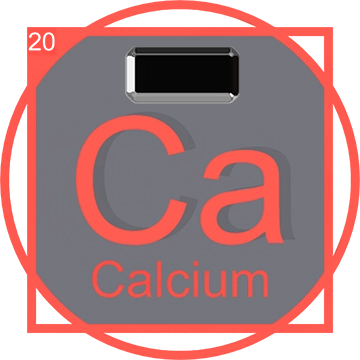Introduction to Oganesson
Oganesson, with the chemical symbol Og and atomic number 118, is one of the heaviest elements currently known in the periodic table. It is classified as a superheavy artificial chemical element, created synthetically through advanced nuclear reactions. This element is named after the Russian physicist Yuri Oganessian, a pioneer in superheavy chemical element research.
The Discovery of Oganesson

Oganesson was officially recognized as a new element in 2006 by joint teams at the Joint Institute for Nuclear Research in Dubna, Russia, and the Lawrence Livermore National Laboratory in California, USA. The synthesis of Oganesson involved bombarding targets of californium with ions of calcium for several weeks to produce a single atom of the element 118. This marked a significant achievement in the field of nuclear chemistry.
Oganesson in the Periodic Table
Positioned in Group 18 among the noble gases, Oganesson is unique due to its predicted properties. Unlike other noble gases, Oganesson is expected to be solid under standard conditions and may even be significantly reactive, challenging the traditional inertness associated with this group. Explore the periodic table to understand its position and significance.
Physical and Chemical Properties of Oganesson

Oganesson's theoretical calculations suggest that it could display several unusual properties, including a dense electron cloud and a possible metallic state. These characteristics imply unique reactions unlike any other element in its group, making it an area of intense scientific study.
Scientific and Technological Applications of Oganesson
Currently, the practical applications of Oganesson are limited due to its extreme instability; its most stable isotope, Og-294, has a half-life of just 0.89 milliseconds. However, research into Oganesson could provide valuable insights into the chemical properties of heavy elements and the limits of the periodic table. This could lead to advancements in various fields such as nuclear physics and material sciences.
Production of Oganesson
Oganesson is a synthetic element that is not found naturally on Earth and hence is not mined from any location. It is produced in particle accelerators through a complex process called nuclear fusion. Specifically, Oganesson (element 118) was synthesized by bombarding californium (Cf) targets with calcium (Ca) ions. This process, conducted at particle acceleration facilities such as the Joint Institute for Nuclear Research in Dubna, Russia, results in the creation of a few atoms at a time, illustrating the challenges of producing such a heavy element.
Current Uses of Oganesson

Due to its extremely short half-life and the fact that only a few atoms of Oganesson have ever been produced, practical applications for this element are currently non-existent. The primary use of Oganesson today lies within scientific research. Scientists study its properties to gain deeper insights into the theoretical models of nuclear physics and to better understand the limits of the periodic table. The research on Oganesson and other superheavy elements helps to push the boundaries of what is chemically and physically possible, paving the way for potential future discoveries in material science and nuclear chemistry.
Future Prospects of Oganesson
The future study of Oganesson may lead to breakthroughs in various scientific fields. As researchers continue to synthesize and study superheavy elements, they hope to approach the hypothesized "island of stability" where some superheavy elements might exhibit longer half-lives. This could potentially open up new avenues for using these materials in more practical applications, such as new types of radiation sources or in fields requiring unique nuclear properties. Ongoing advancements in particle accelerator technology and nuclear chemistry may one day make it feasible to produce Oganesson in greater quantities, allowing for more extensive research and perhaps even practical applications that are currently unimaginable.












